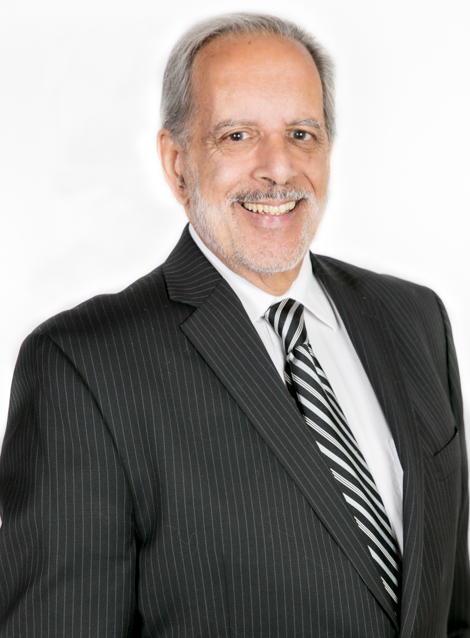Medic Ambulance Service provides advanced life support ambulance services in the North San Francisco Bay area. They are the exclusive 911 ambulance provider for all of Solano County with the exception of Vacaville.
Meghan Silva, an Emergency Medical Technician, filed a class action against Medic Ambulance Service, Inc. alleging it had violated labor laws by requiring that employees remain on call during their rest breaks.
California voters subsequently approved a proposition enacting the Emergency Ambulance Employee Safety and Preparedness Act (EAESPA) (Lab. Code, § 880 et seq.). The EAESPA provides that emergency ambulance employees “shall remain reachable” throughout their work shift and is explicit that this provision is retroactive.
In Calleros v. Rural Metro of San Diego, Inc. (2020) 58 Cal.App.5th 660 (Calleros), the Fourth District rejected an argument that retroactive application of the EAESPA was unconstitutional.
When confronted with the EAESPA and Calleros, Silva’s counsel indicated they would proceed and appeal to the First District for a decision that disagreed with Calleros. Medic filed a motion for judgment on the pleadings (MJOP) and a motion for sanctions. The trial court granted the MJOP, and imposed a $2,000 sanction against Silva’s counsel. Silva and her counsel appealed, renewing their argument that Calleros was wrongly decided and contending that the trial court abused its discretion in imposing sanctions.
The Court of Appeal for the First Appellate District affirmed the trial court, and Calleros in the partially published case of Silva et al. v. Medic Ambulance Service, Inc -A167098 (April 2024).
In December 2016, the California Supreme Court issued its decision in Augustus v. ABM Security Services, Inc. (2016) 2 Cal.5th 257 (Augustus). The class action plaintiffs in that case worked as security guards for ABM Security Services and were required to remain on call during rest periods. Interpreting Wage Order 4 in Augustus, the California Supreme Court determined that the term “rest period” should be given its “most common understanding” as a period of rest during which employees are relieved from their work duties. Requiring employees to remain on call could not be reconciled with this reading.
In February 2017, two months after the Augustus decision was issued, Silva filed a class action against Medic on behalf of herself and other emergency medical technicians, as well as paramedics, dispatchers, and supply service technicians employed by Medic.
In December 2017, the Ninth Circuit certified questions to the California Supreme Court regarding the applicability of meal and rest period regulations to the employers of ambulance attendants working 24-hour shifts. (Stewart v. San Luis Ambulance, Inc. (9th Cir. 2017) 878 F.3d 883, 884 (Stewart I).) The Ninth Circuit explained that, while the California Supreme Court had interpreted Wage Order 4 to require off-duty rest periods, “Augustus does not control the interpretation of Wage Order 9.”
The Ninth Circuit noted that “for the past twenty- seven years, California courts have permitted employers of ambulance attendants to exclude sleep periods from compensable time without a written agreement, despite the fact that the employer retains control throughout the twenty-four hours to wake the employees from their sleep every time an emergency arises.” (Stewart I, at pp. 886-887.) “This precedent, unique to the ambulance industry, makes the applicability of Augustus to Wage Order 9 a difficult open question.” (Stewart I, at p. 887.)
In November 2018 (with these questions still pending before the Court), California voters approved Proposition 11, which enacted the EAESPA. Section 887, subdivision (a) of the EAESPA provides: “In order to maximize protection of public health and safety, emergency ambulance employees shall remain reachable by a portable communications device throughout the entirety of each work shift.”
The California Supreme Court subsequently dismissed consideration of the questions posed by the Ninth Circuit in Stewart I. (Stewart v. San Luis Ambulance, Inc., S246255, Supreme Ct. Mins., Sept. 18, 2019.) It explained: “In light of the passage of Proposition 11, the Emergency Ambulance Employee Safety and Preparedness Act (Gen. Elec. (Nov. 6, 2018)[)], resolution of the questions posed by the Ninth Circuit Court of Appeals is no longer necessary . . . to settle an important question of law. ” (Ibid.)
In November 2020, the Fourth District issued its decision in Calleros. Calleros concluded that the EAESPA’s retroactive application satisfies constitutional requirements.
After the Calleros decision was issued and requests for its depublication were denied, Silva’s counsel represented to the trial court that Silva “does not intend to dismiss the case and believes the opinion from the 4th District was erroneously decided and will go before the Court of Appeal to have the decision reversed.”
After reviewing the arguments of the parties, the Court of Appeal in Slliva affirmed the reasoning in Calleros and the trial court. “..we conclude that the EAESPA clarified existing law and therefore retroactivity analysis is unnecessary. The EAESPA applies to Silva’s claim and Medic was entitled to judgment on the pleadings.” It also concluded that the trial court did not abuse its discretion in imposing sanctions against Silva’s counsel.
Emergency Ambulance Employees May Remain On-Call During Rest Breaks


There are 0 comments